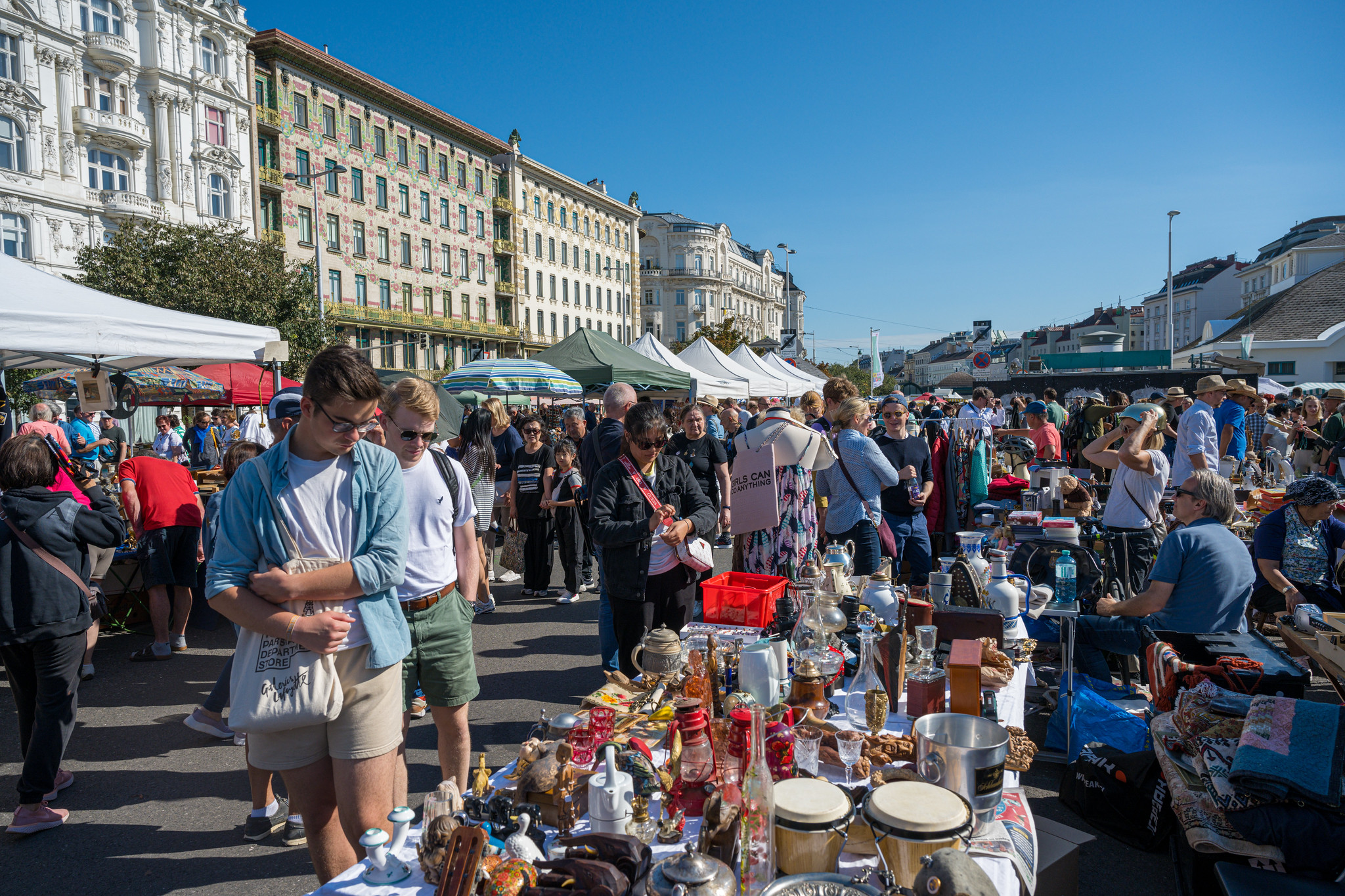
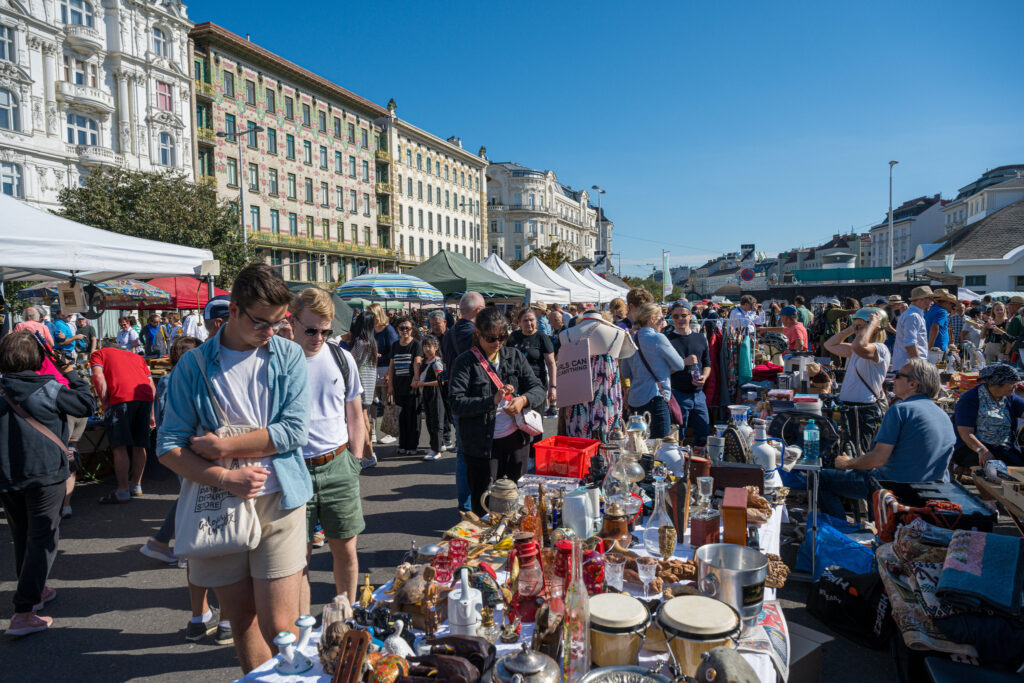
Between 1869 and 1910, the population of Vienna grew from 630,000 to over 2 million. The Austrian capital was then the centre of a vast multi-ethnic empire that now encompasses 13 European states. As such, the city is home to the palaces of power, the famous Hofburg complex (now the residence of the Austrian President) and Schönbrunn Palace, as well as the residences of the high nobility. However, the legacy of the Habsburg Empire does not only lie in its most famous buildings. On the contrary, for those who know how to look, a lesser-known Vienna also tells the story of the city’s imperial past. We spoke to historian Tamara Scheer, Professor of Eastern European History at the University of Vienna.
It depends on where you are. In Innsbruck, in Tyrol, the approach is very different from that in Vienna. In the capital I would say that there are two extremes: there are those with some kind of nostalgia for the history of the Empire and those who see it in a negative way, because they say it was a monarchy and everything that happened afterwards goes back to the oppression of the aristocracy.
Well, Vienna is full of palaces, residences of the Habsburg family and other noble families. There are also many monuments to events that took place during the Habsburg era. But the non-German-speaking dimension of Vienna’s (and Austria’s) history is less visible. Let’s say that Vienna ‘sells’ – in tourist terms – the imperial buildings and the residences of the Habsburg family and other nobles, but doesn’t tell us much about the millions of people who lived there and built the empire. There were the ice-cream sellers from Istria and Trentino, the Hungarians who came to the market… If you read the diaries of the time, you learn that back then you couldn’t walk more than five minutes without hearing five different languages. And they were not considered foreign languages. If you know where to look, you will find evidence that this was an imperial city for a long time, and that it was a very diverse one.
If you look at the plaques on historic palaces, for example, you’ll see that the architects who built them often had Italian, Czech or Hungarian surnames. You can also look at the national churches: I’m thinking of the Czech national church and the Italian national church, which are still there. The same goes for schools. The Polish and Czech schools are very well known and recently celebrated their 150th anniversary. Vienna’s Central Cemetery is another place where you can find evidence of this diversity. Just look at the graves and where the people were born. They came from all over the Monarchy. And it’s important to note that these were not communities from abroad, but local cultures and languages. It was internal migration.
Along the Ringstrasse, built by Italian workers from Trentino and Istria and Czech workers from Bohemia and Moravia, you can stop at the builing of the Austrian Supreme court. The building served the same purpose in the late Habsburg period. Sometimes the door is open and you can enter the courtyard. If you look up, you’ll see the coats of arms of Austria, Dalmatia, Istria, Carniola… all the regions of so-called Cisleithanian Austria. Because they learned it in school, some Austrians might say: “All these regions once belonged to us”. But that is not true. These regions were once part of the same state. The people who lived in what is now the Czech Republic and Austria were once citizens of the same state.
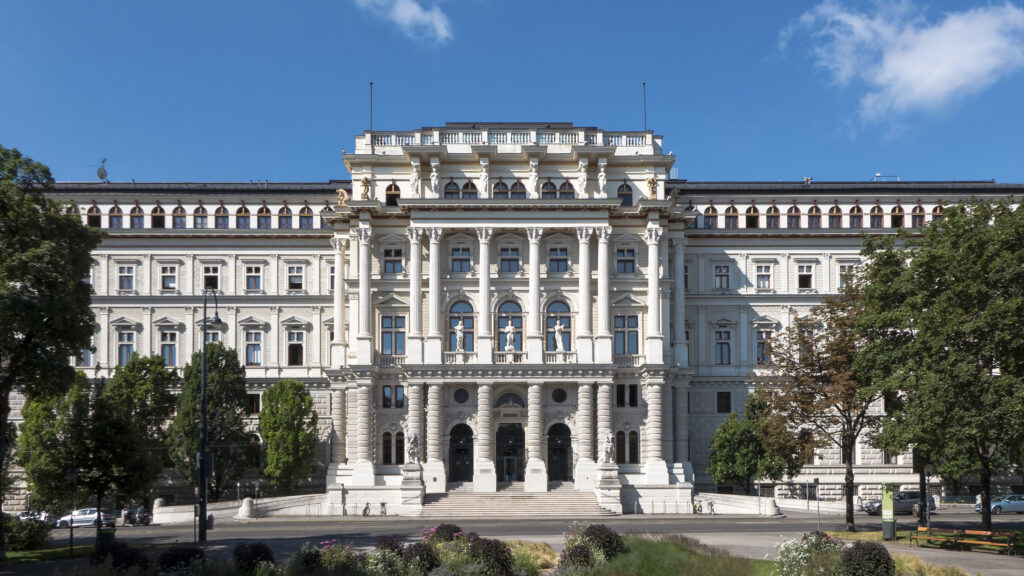
Vienna is at the crossroads of many cultures and culinary traditions. It’s at the crossroads of Hungarian, Slovak and Czech gastronomic traditions. In Vienna you will find the heritage of imperial gastronomy. There are many examples. What are palačinke? Is it a Hungarian, or Austrian dish? What is gulasch? The fact is that all these dishes are, in a sense, common to a large area, and each region prepares them in a slightly different way. It is also interesting to note that in Austria most of the imperial cultural heritage is to be found in Vienna and the eastern part of the country, where until 1918 there was a constant exchange with Moravia, Carniola, western Hungary and so on. In Tyrol or Salzburg, there were far fewer internal immigrants from these parts of the empire, and therefore less cultural exchange.
Until the early 19th century, Salzburg was an independent state in the Holy Roman Empire and not ruled by the Habsburgs directly. In a sense, todays Slovenia has been part of Austria for much longer than Salzburg. So not so many double-headed eagles around Salzburg.
Tyrol and its capital, Innsbruck, have a really strong regional identity, and their own Habsburg history. Walk through the centre of Olomouc in the Czech Republic or Ljubljana in Slovenia and you will find more references to Francis Joseph than in Innsbruck. Here other members of the Habsburg family, like Maximilian I., are much more prominent figures.

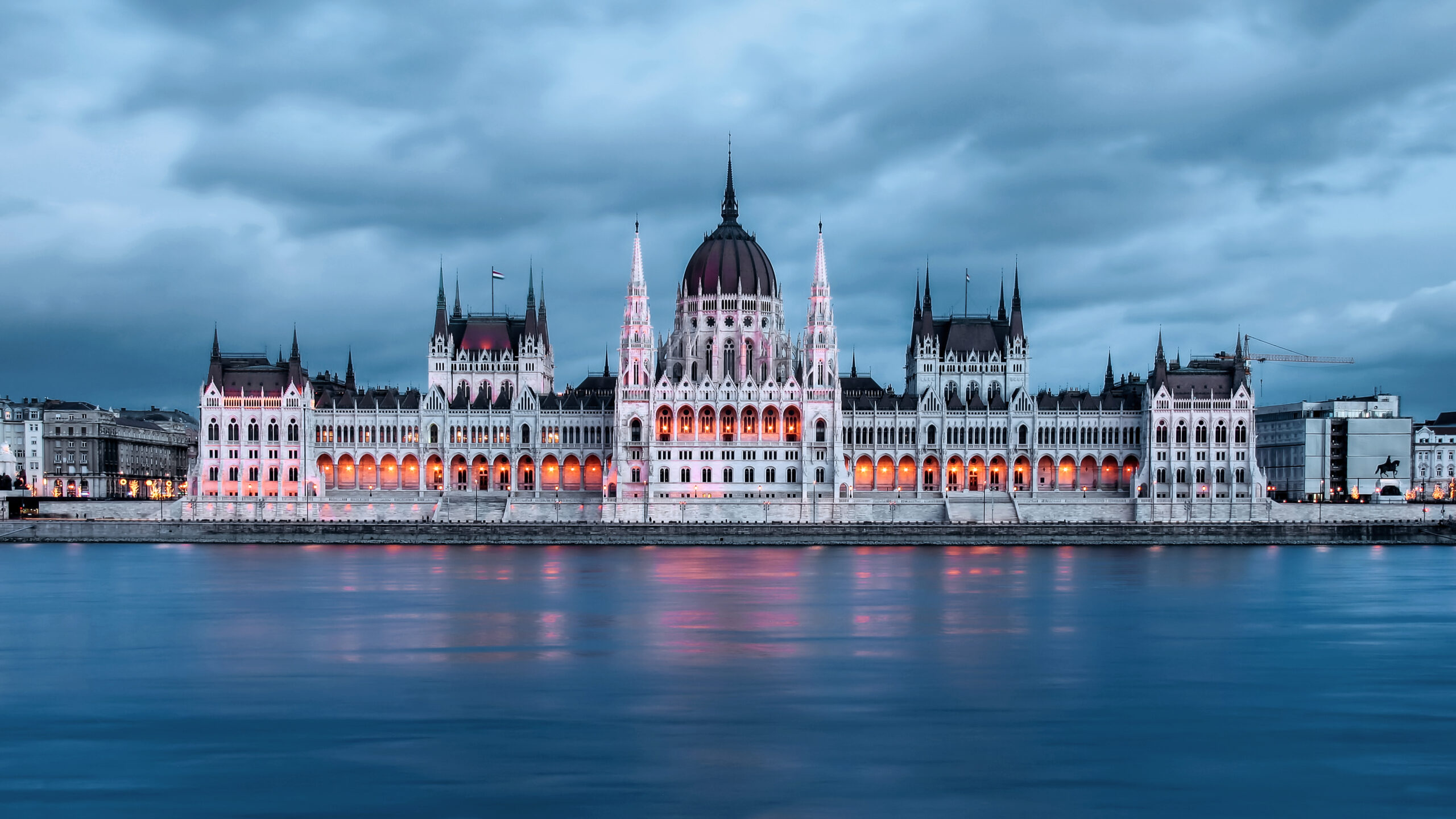
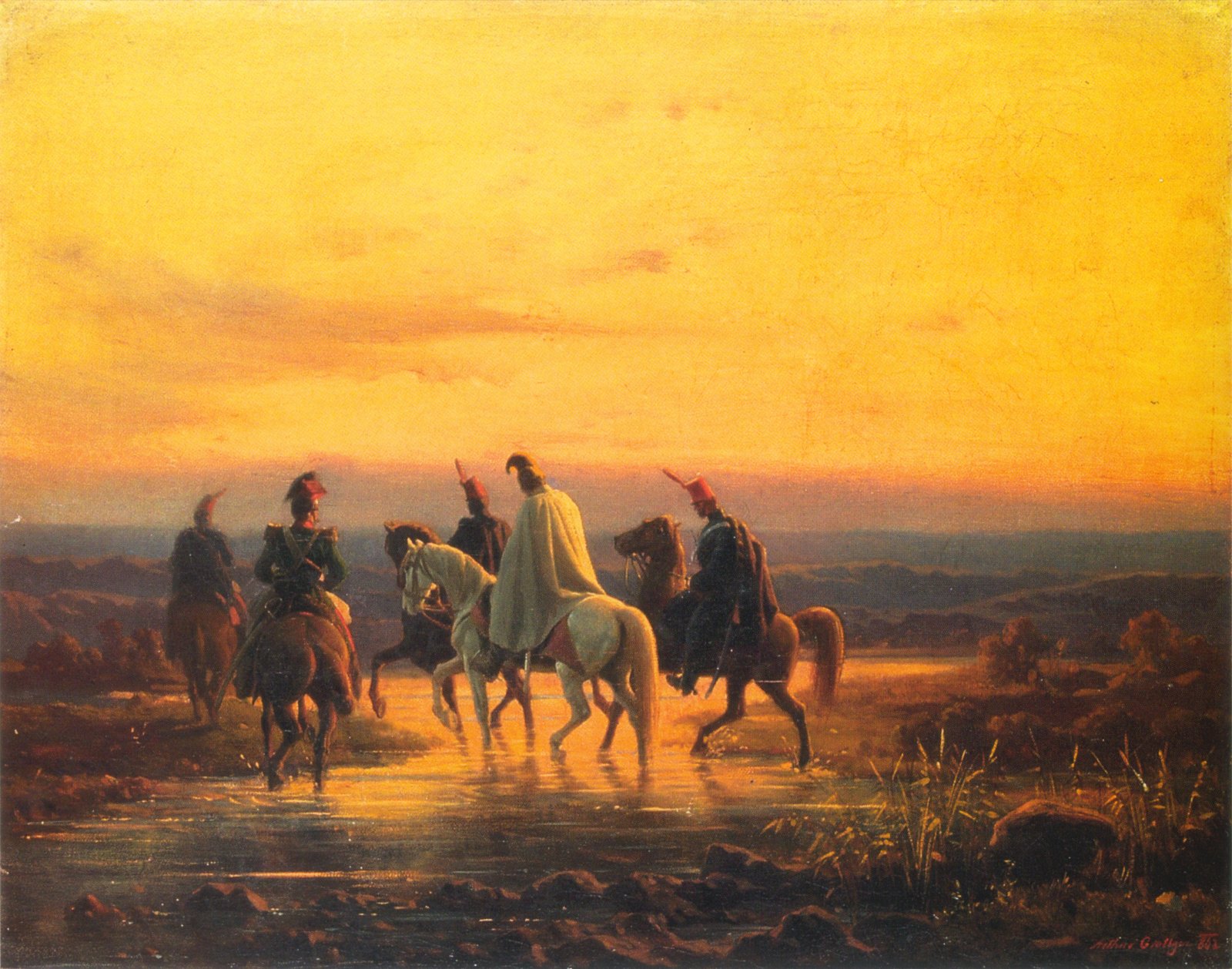
Start your journey in the Extinguished Countries!
Get a free chapter from our first guidebook “Republic of Venice” and join our community!